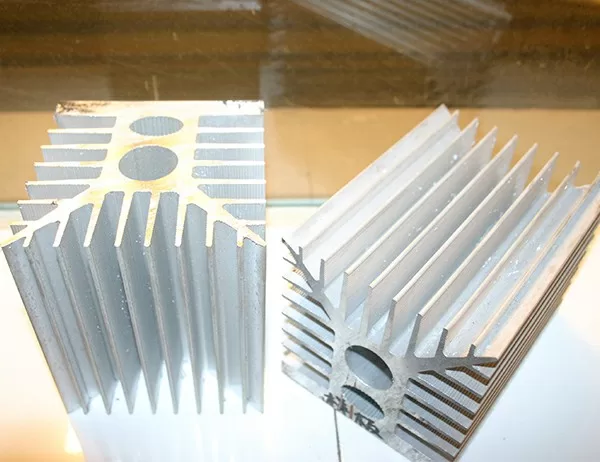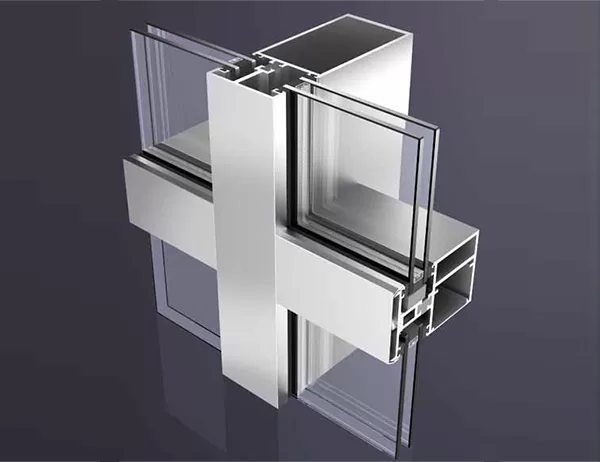When selecting polished aluminum angles for your project, it is crucial to strike a balance between cost and quality. Different grades and finishes of aluminum can significantly impact the overall expense and performance of your angle. This article will provide a comprehensive comparison of the cost and quality factors to consider when choosing polished aluminum angles.
Surface Finish
Mirror Finish: Offers the highest level of reflectivity and a smooth, flawless surface. However, it is also the most expensive option and requires meticulous handling to maintain its pristine finish.
Brushed Finish: Provides a satin-like, textured surface with a lower reflectivity than a mirror finish. It is less expensive and more durable, making it suitable for high-traffic areas.
Alloy Grade
6061-T6: A versatile and commonly used alloy for polished aluminum angles, offering a good balance of strength and corrosion resistance at a reasonable cost.
6063-T5: Similar to 6061-T6 in terms of strength, but with enhanced corrosion resistance, making it ideal for outdoor applications or areas with high humidity.
Thickness
0.063″ (1.6 mm): A lightweight option suitable for decorative or non-load-bearing applications.
0.125″ (3.2 mm): Provides greater strength and rigidity, making it appropriate for structural or architectural elements.
0.250″ (6.35 mm): The thickest option, offering exceptional durability and resistance to bending.
Cost Considerations
The cost of polished aluminum angles varies based on factors such as surface finish, alloy grade, thickness, and quantity. Generally, mirror finishes are more expensive than brushed finishes, and higher alloy grades and thicknesses also contribute to increased costs.
Quality Considerations
Reflectivity: Mirror finishes provide the highest reflectivity, while brushed finishes offer a more muted, diffused reflection.
Durability: Brushed finishes are more resistant to scratches and wear compared to mirror finishes. Higher alloy grades also enhance corrosion resistance and overall durability.
Strength: Thicker angles are stronger and can withstand heavier loads or more demanding applications.
Choosing polished aluminum angles requires careful consideration of both cost and quality factors. By understanding the key differences between various surface finishes, alloy grades, thicknesses, and cost implications, you can make an informed decision that meets your project requirements. Remember that a higher cost does not always equate to better quality, and the most suitable option depends on the specific application and budget limitations.




